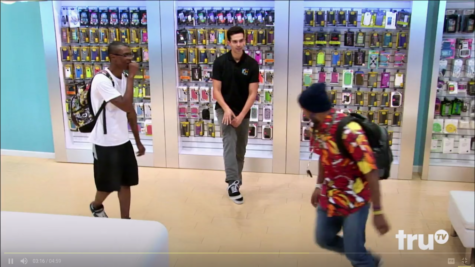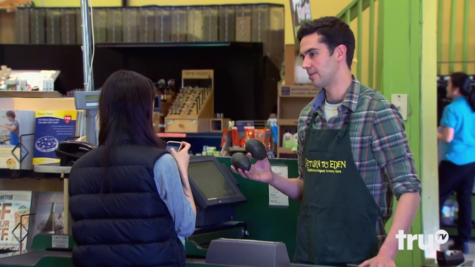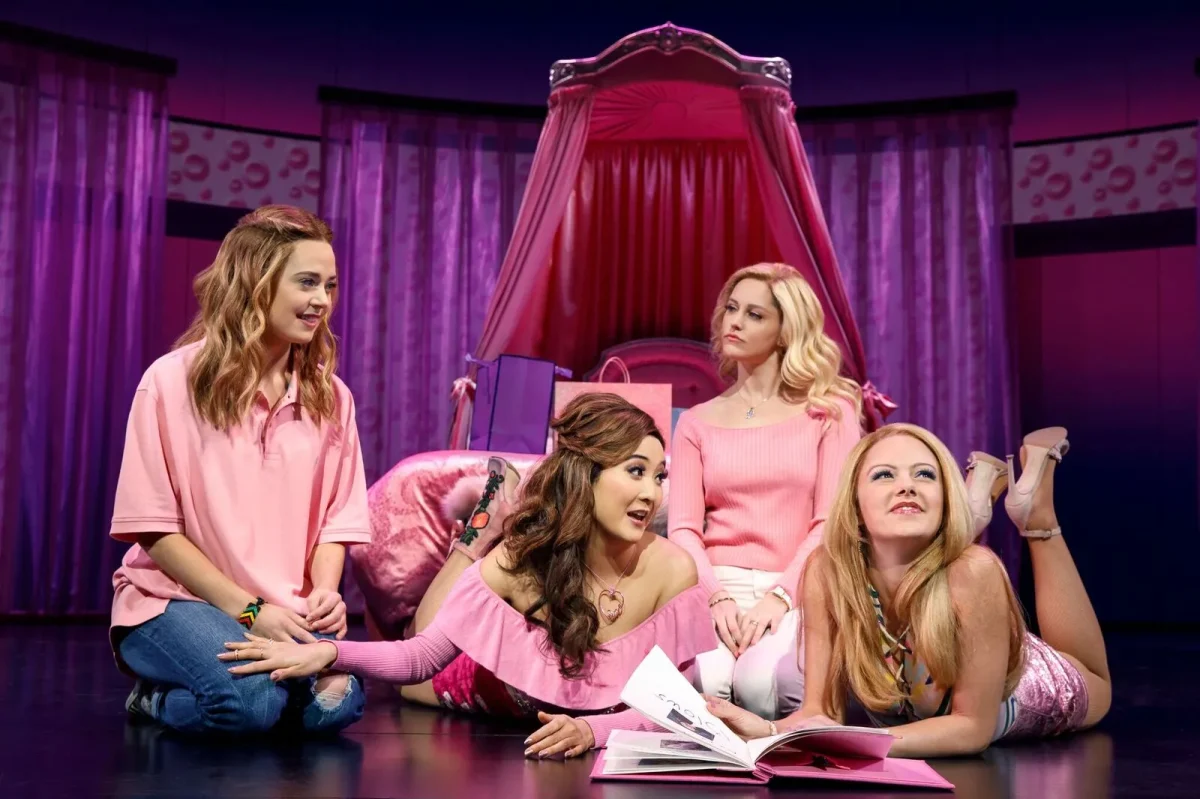Deep Dive: Carbonaro Effect
February 11, 2022
Some of you may be familiar with the scientific reaction known as The Carbonaro Effect, which just so happens to be the Name of a Hidden Camera Magic TV show (Like the one you’re on right now). True to its theme The Carbonaro Effect debuted on truTV on April, 1 and has officially been running ever since however, its fate is seemingly undecided as it has been on a hiatus since January of 2020. I think this break in episodes is the perfect opportunity to get into the nitty-gritty reality of the show and finally answer some questions that I’ve had since I was a wee child watching it on my Abuelo’s tablet.
The first question that comes to my mind is who is Michael Carbonaro? According to his biography on michealcarbonaro.com, Michael has been practicing magic since his youth and went on to pursue his Dreams At NYU. During an interview with Conan O’Brian, Michael revealed that doing a card trick during his audition for NYU helped him get in despite his bad grades and sub-par monologue. Although this may just be a funny anecdote not to be taken seriously I think it has some implications that there may be some darker forces behind to so-called magic man.
Obviously, the seemingly impossible feats that he pulls on cameras to unsuspecting bystanders are simply pranks but that begs the question, How does he do it? My associate Taylor analyzed a couple of his pranks to catch his sleight of hand as it happened.
Season 1, Episode 1.

In the first-ever episode of the Carbonaro effect, Michael poses as a store clerk trying to sell self-tying shoelaces. He demonstrates the magic inventions and astounds two boys shopping for phone cases. What the boys didn’t see however was that Michael’s shoes were already tied. His pant leg was pulled down covering the already tied laces while also holding additional untied lace. As he shook his foot he pulled up the pant leg, revealing the tied laces and simultaneously hiding the untied lace.
Season 1, Episode 2.

The next episode of the Carbonaro effect has Michael working in a grocery store, a girl is trying to buy some avocados but they are having problems scanning. He then explains that this is a common problem with the avocadoes and that the “security tags” inside of them need to be removed. Avocadoes do not have security tags inside of them. He accomplishes this by putting them in a plastic grocery bag and hitting the avocadoes with a bat repeatedly. The customer looks upset until he reveals “the security tag” (which is just a random piece of a computer) and that the avocadoes are unharmed. In reality, The beeping was controlled by Michael, and the computer parts were already in the bag when he put the avocadoes in.
Most of the magic that Michael performs is pretty simple itself, so a lot of critics wonder if the pranks really warrant the reactions that they are Given, especially the reactions to people finding out that they’re on a T.V. Show. A common critic of the show is that many of the “victims” seem more surprised at the reveal of them being on a T.V. show than the actual pranks themselves. Although valid, I think that this critic is a bit harsh. Most participants on the show are just living their daily life and would have no reason to think they are being pranked. Even if they are being shown seemingly impossible feats, Michael usually plays it off like it’s normal, effectively gaslighting them into believing every word he says. I mean, If you went to a store and the cashier showed you how to manually milk almonds with your hands, AND he produces results why wouldn’t you believe him? It’s only after Michael gains the trust of his victim and lulls them into a false sense of security that he Breaks down their reality AGAIN by revealing that they’ve been on a hidden camera, Magic T.V. show the whole time and that He is actually a famous magician. I really can’t blame his victims for being in such disbelief after the mind games that Michael has played on them.
I think the real secret to Michael’s pranks isn’t his slight of hand, but instead, his secret is MIND CONTROL. Obviously, he isn’t using real mind control (or is he) but his ability to convince his victims of the false realities that he had created is borderline brainwashing. He is able to avert their attention so that he does his little tricks without them realizing. He then can redirect the conversation whenever they ask questions while still satisfying them with the shell of an explanation. Michaels’s abilities may not be real “magic” in the traditional sense, but his mind games are wizardry in themselves.































